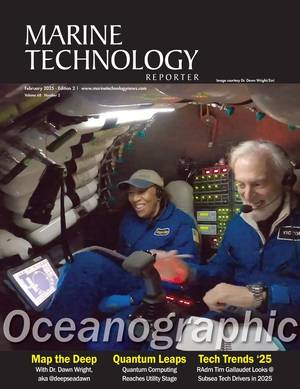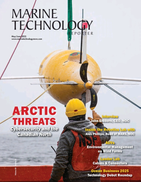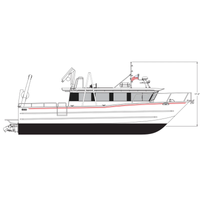
BRIX Marine Building Research Vessel for Long Island Sound Study
, allowing scientists to process data directly from water sampling and trawl fishing activities. The new lab will be twice the size of the one on the RV John Dempsey, enabling larger research teams to work together on important environmental studies.The vessel will be powered by two 750HP Scania DI13 Marine Diesel engines, providing enhanced power for efficiency and improved range. It will also have a fuel capacity of 2 x 250 gallons, allowing for extended research missions with minimal need for refueling.“Our LabCat hulls have built a reputation for performing like much larger vessels. The
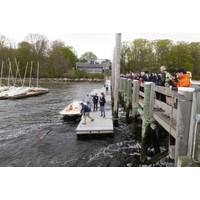
Blue Venture In-Water Equipment Demo Day
conditions around the in-water demo area. Its proprietary ocean modeling system generates predictions of currents, temperature and salinity at up to 50 times finer detail than conventional global ocean models. Walter Schulz, founder of the STEC Reactive Cyclical Induction (RCI) system for marine diesel engines, gave an impassioned pitch about marine diesel engine pollution. His passion for eliminating or reducing marine diesel toxins drove him to develop a the RCI system to reduce NOx by 80%, and other harmful emissions by up to 50%. STEC’s RCI can be installed on newbuilds as well as
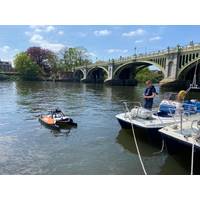
Port of London Launches Fully-electric Survey Vessel
remote platform can be deployed in situations where traditional survey vessels would be impractical or unsafe, such as shallow waters, or close inshore or around and under marine structures. Its battery- powered electric thrusters provide a much more environmentally-friendly solution than traditional marine diesel or petrol engines.(Photo: Port of London Authority)The tidal Thames is home to the UK’s port and busiest inland waterway; accurate and regularly updated riverbed data is essential to safe navigation. The PLA’s port hydrographer, John Dillon-Leetch, said, “We’re delighted
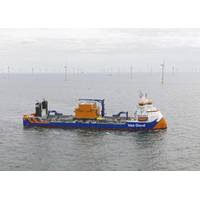
Van Oord's Offshore Vessel to Cut Emissions, Fuel Consumption with FUELSAVE Tech
Oord will install a combustion conditioning system with hydrogen and methanol on its subsea rock installation vessel Bravenes, in a push to cut emissions from its fleet.The system, called FUELSAVE FS MARINE+, is a patented solution used to reduce both fuel consumption and harmful emissions of marine diesel-powered engines. "This solution enables Van Oord to achieve substantial carbon dioxide (CO2), nitrogen oxide (NOx), particulate matter (PM) and black carbon (BC) reduction on existing ships," Van Oord said Monday.Van Oord has committed to becoming carbon-neutral by 2050, in line
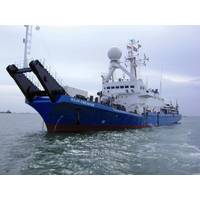
Research Vessel Gets Turbocharger Overhaul
Marine propulsion engineers Royston has completed the overhaul of two turbocharger units as part of service work on a marine diesel engine onboard Gardline’s research vessel, MV Ocean Endeavour.The project saw the removal of the heavy-duty ABB VTR 200 turbochargers from the vessel’s Mirrlees Blackstone ES6 engines and transportation from Hull docks to Royston’s test and repair center on the banks of the River Tyne in the North East of England.There, the units were dismantled and inspected by engineers for signs of wear or damage before being cleaned, serviced and reassembled with new
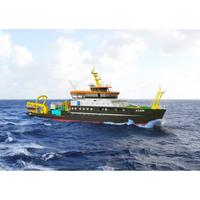
Germany Orders LNG Fueled Research Ship
engines for the new vessel will be supplied by Wärtsilä, who will also supply exhaust cleaning systems based on selective catalytic reduction (SCR) technology and the LNGPac system for complete fuel gas handling. The SCR technology will be needed when the engines are running on conventional marine diesel fuel if the vessel exhausts its supply of LNG on long voyages. The full scope of Wärtsilä's supply for the Atair includes two six-cylinder Wärtsilä 20DF dual-fuel engines capable of running on either LNG or conventional liquid fuels, one six-cylinder Wärtsilä
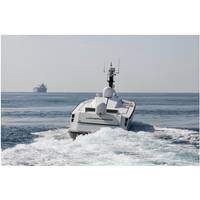
USV Deployed for 22 Days in South China Sea
sailed with just over 6,000 liters of diesel and returned to its Singapore home port with 2,800 liters remaining. The endurance test validated the fuel efficiency of the vessel which is built using Arovex, giving it a hull that is strong but lightweight. Powered by twin Yanmar 480-horsepower marine diesel engines, the test also validated the robustness of the vessel’s mechanical and electronic systems. “This endurance test is a major capability demonstration of the IUSV,” said James Soon, president of Zycraft. “It showed that the IUSV can be effectively deployed
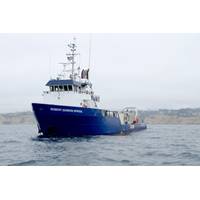
Research Vessel Runs on Renewable Biofuel for One Year
require modifications of the ship’s engine in order to be used, the HDRD used to power R/V Robert Gordon Sproul did not require any such adjustments. HDRD biofuel is hydrotreated, meaning all oxygen has been removed, so it’s left with a chemical composition nearly identical to the kind of marine diesel fuel typically used in California. Over the course of the biofuel experiment, which began in September 2014 and ran through December 2015, R/V Robert Gordon Sproul conducted 39 regular oceanographic research and education missions, spanning 89 operational days at sea, covering more than
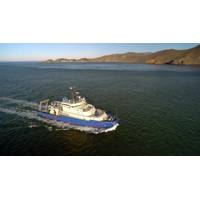
Research Vessel Neil Armstrong Joins WHOI Fleet
;t be seen just by looking at the ship that sets Neil Armstrong apart from other ships in the fleet. Though it's still too early to tell for certain, observations during Armstrong’s initial cruises indicate that its fuel consumption will be noticeably less than other ships. At the same time, its marine diesel engines comply with the Environmental Protection Agency’s regulations to reduce exhaust emissions from large, ocean-going ships. The separators that remove oil from seawater used as coolant and ballast meet and often exceed international limits for oily water discharged back to the ocean
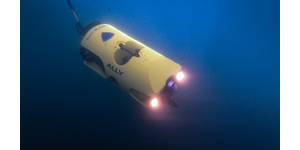
 February 2025
February 2025
